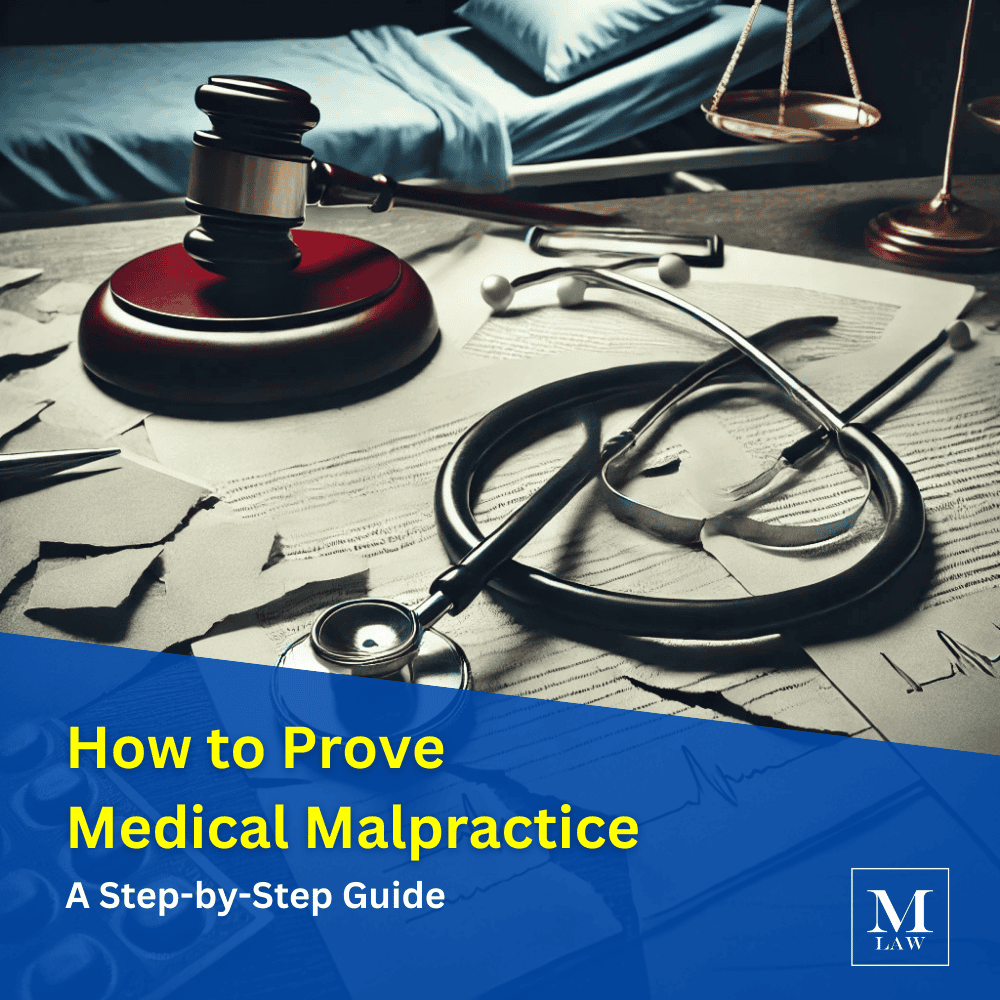Understanding Medical Malpractice Lawsuit Success Rates
Understanding the intricacies of medical malpractice lawsuits is crucial for anyone considering legal action. This article delves into the success rates, common outcomes, and essential statistics to provide a comprehensive overview.
A Mother’s Nightmare: A Painful Reality of Medical Malpractice
When Sarah and her husband walked into the hospital for the birth of their first child, they were filled with anticipation and joy. They had spent months preparing for this moment—baby clothes were neatly folded, the nursery was set up, and their hearts were ready to welcome their little one into the world. But what should have been the happiest day of their lives quickly turned into a nightmare.*
During labor, Sarah repeatedly expressed concerns about severe pain and decreased fetal movement. The attending doctor, appearing rushed and distracted, dismissed her worries, insisting everything was progressing normally. Hours passed, and the baby’s heart rate began to show signs of distress. Still, the medical team failed to take action. When the decision was finally made to perform an emergency C-section, it was too late. Their newborn son, Liam, had suffered severe oxygen deprivation, resulting in permanent brain damage.
In the days that followed, Sarah and her husband were left grappling with heartbreak and uncertainty. How could this have happened? Why were their concerns ignored? The hospital refused to take responsibility, leaving them with staggering medical bills and a future filled with challenges they never anticipated. Determined to seek justice for their son, they turned to a trusted legal team specializing in medical malpractice cases.
Sarah’s case is not unique. Thousands of families each year face similar tragedies due to medical negligence. Understanding the medical malpractice lawsuit success rate can help families like Sarah’s make informed decisions about their legal options.
Medical Malpractice Lawsuit Success Rates
Initiating a medical malpractice lawsuit can be daunting. According to a study by the American Medical Association, approximately 68% of medical malpractice lawsuits are dismissed or withdrawn, 8% result in a trial verdict favoring the plaintiff, and 24% are resolved through settlements.
For families like Sarah’s, these numbers can feel discouraging. However, seeking an experienced legal team can significantly impact the chances of obtaining compensation and justice. Learn more about how Merson Law can help.
Factors Leading to Case Dismissals
A significant portion of medical malpractice cases are dismissed or withdrawn. Common reasons include:
- Lack of Jurisdiction: Filing in an incorrect court or outside the statute of limitations.
- Failure to State a Claim: Insufficient legal basis for the lawsuit.
- Insufficient Evidence: Inadequate proof to support the claim.
Sarah and her husband feared that their case would be dismissed, like so many others. However, their attorneys ensured they had the necessary medical records, witness testimony, and expert evaluations to build a strong case. Understanding these factors can help plaintiffs better prepare and potentially avoid dismissal. Read about common types of medical malpractice.
Settlements vs. Trials
Settlements are a common resolution in medical malpractice cases. Approximately 24% of cases are settled out of court, providing compensation without the uncertainties of a trial. In contrast, only 8% of cases proceed to trial, with a majority favoring defendants.
Sarah’s family ultimately faced the difficult decision of whether to accept a settlement offer or take their case to trial. Like many others, they weighed the risks and potential benefits carefully. The stress of a lengthy trial was daunting, but they also wanted to ensure their son received the lifelong care he would need. This disparity underscores the importance of weighing the benefits of settlement negotiations against the risks of trial.
Statistics on Medical Malpractice Trials
According to a 2006 study published in the New England Journal of Medicine, physicians win approximately 50% of trials even in cases with strong evidence of medical negligence. Additionally, a 2011 study in the New England Journal of Medicine reported that 75% of physicians in “low-risk” specialties and virtually 100% of physicians in “high-risk” specialties could expect to face a malpractice claim during their careers. However, the authors also noted that the vast majority of malpractice claims did not lead to any indemnity payments. Read more about these findings from the New England Journal of Medicine.
For Sarah and her family, these statistics were a sobering reality. They knew they had to fight hard to prove negligence and ensure their case didn’t become another statistic. These findings underscore the complexities of medical malpractice litigation and the challenges plaintiffs may face in court.
Improving Your Chances of Success
To enhance the likelihood of a favorable outcome:
- Gather Comprehensive Documentation: Maintain detailed medical records and evidence.
- Consult Experienced Legal Professionals: Engage attorneys specializing in medical malpractice.
- Understand the Legal Process: Familiarize yourself with the stages and requirements of a lawsuit.
Sarah and her husband’s case underscored the importance of having a strong legal team to navigate the legal complexities and push back against the hospital’s attempts to deny responsibility. For more detailed information on medical malpractice statistics and insights, you can refer to resources like the American Medical Association.
Next Steps
Navigating a medical malpractice lawsuit requires careful consideration and expert guidance. By understanding the common outcomes and preparing adequately, plaintiffs can make informed decisions about their legal options.
For more information on the statute of limitations for medical malpractice, visit Merson Law’s guide.
For a broader perspective on personal injury law, Merson Law offers comprehensive resources.
Sarah’s case serves as a powerful reminder of why legal action matters. It’s about holding negligent medical providers accountable, securing financial support for lifelong medical care, and ensuring that other families don’t suffer the same fate. By exploring these resources, you can gain a deeper understanding of your case and how Merson Law can assist you.
*The story of Sarah is a fictional account created for illustrative purposes only. While inspired by real challenges faced in medical malpractice cases, any resemblance to actual persons or events is purely coincidental.








